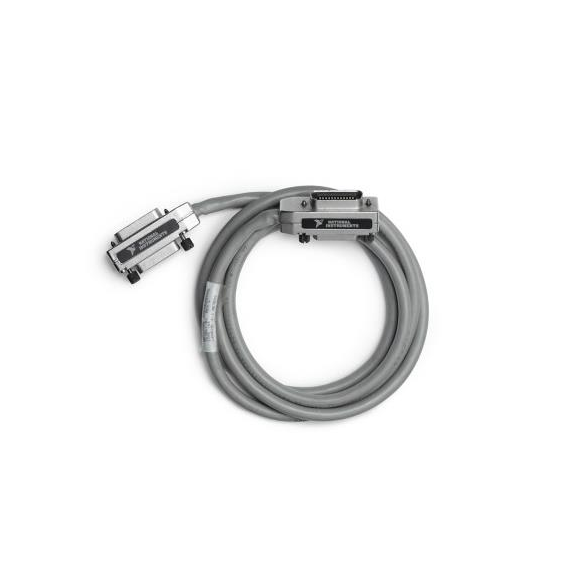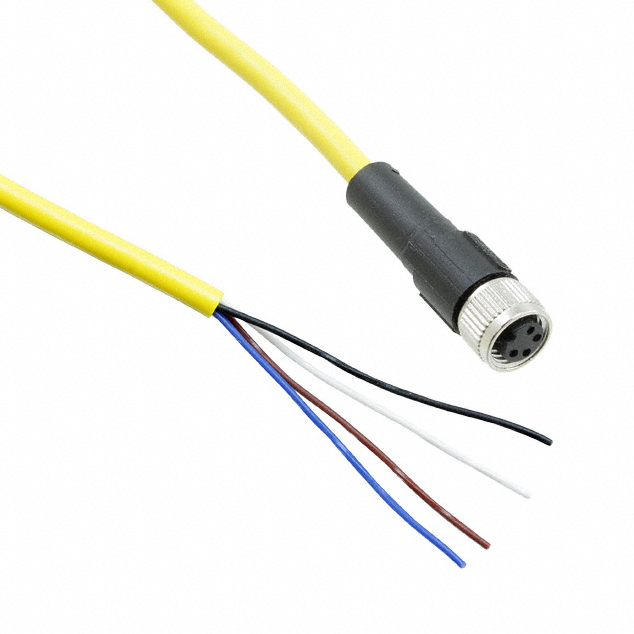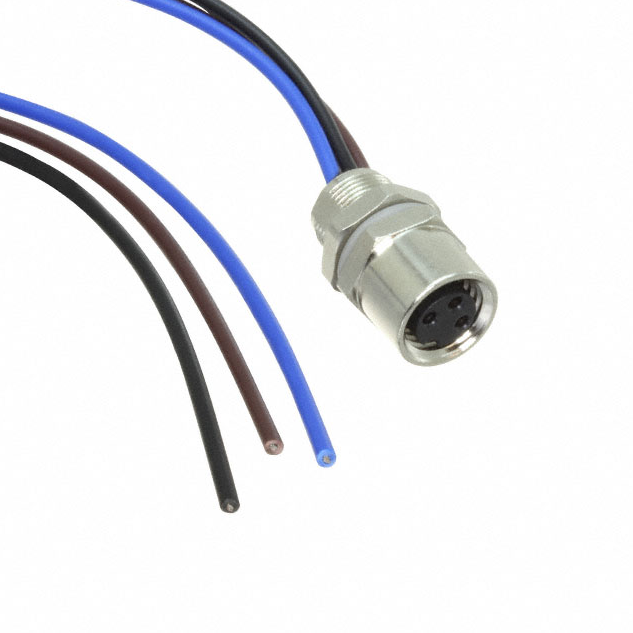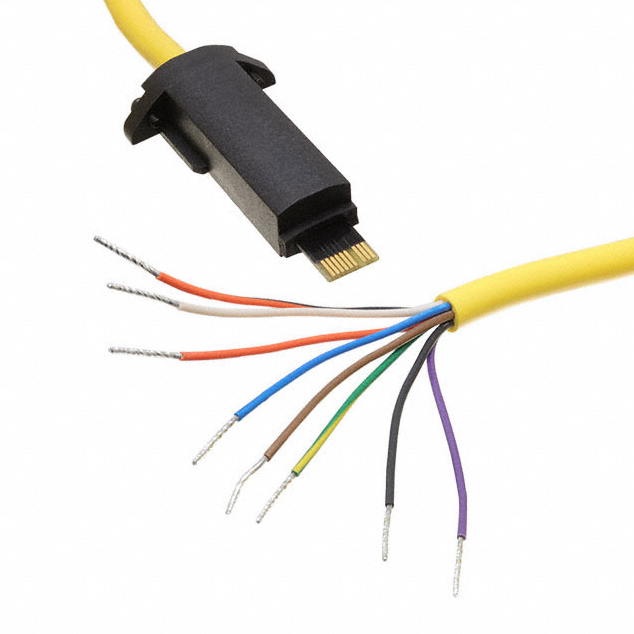Keeping progressing, Pursuing integrity, Embracing future
1. Material performance testing
Conductor material: Test the conductivity, mechanical strength, and corrosion resistance of the conductor. Copper wires have high conductivity, but aluminum wires have advantages in terms of lightweight and cost.
Insulation materials: Evaluate the temperature resistance, aging resistance, and chemical corrosion resistance of insulation materials. For example, polytetrafluoroethylene (PTFE) and cross-linked polyethylene (XLPE) have high temperature resistance.
Sheath material: Test the wear resistance, chemical corrosion resistance, and mechanical strength of the sheath material. Nylon and polyurethane (PUR) are commonly used sheath materials.
2. Environmental adaptability testing
High temperature test: Place the wiring harness in a high-temperature environment box, maintain it for a certain period of time, and observe its performance changes.
Low temperature test: Place the wiring harness in a low-temperature environment box and maintain it for a certain period of time to test its flexibility and electrical performance.
Damp heat test: Place the wiring harness in a high humidity environment and maintain it for a certain period of time to test its performance.
Salt spray test: Place the wiring harness in a salt spray environment for a certain period of time to test its corrosion resistance.
3. Mechanical performance testing
Tensile test: measure the strength and elongation of the wire harness under tensile force.
Bending test: Evaluate the durability of the wiring harness under repeated bending.
Vibration testing: Simulate the vibration environment in actual use to test the anti vibration performance of the wiring harness.
4. Electrical performance testing
Continuity test: Use a multimeter or continuity tester to measure the voltage and current at the ends of the wiring harness, and calculate the resistance value.
Insulation resistance test: Use an insulation resistance tester to apply high voltage and measure the insulation resistance between the wires of the wiring harness.
Voltage withstand test: Apply high voltage to the wire harness for a certain period of time, measure the current on the wire harness, and determine whether it exceeds the set value.
5. Accelerated life testing
High temperature aging test: Conduct accelerated aging test in high temperature environment to simulate the long-term use of wire harness. For example, conducting a 1000 hour test under 125 conditions can simulate a wiring harness aging life of 2.6 years.
Mechanical fatigue test: Conduct mechanical fatigue tests to simulate the mechanical stress of wire harnesses in actual use. For example, conducting 100000 fatigue durability tests can simulate a fatigue life of 15.9 years for wiring harnesses.
6. Practical application testing
On site testing: Conduct testing in practical application environments to observe the performance of the wiring harness in actual use.
User feedback: Collect user feedback to understand the problems and improvement areas of wire harnesses in practical use.
7. Maintenance and Inspection
Regular inspection: It is recommended to perform routine maintenance on the wiring harness every 40000 kilometers to check for wear, aging, cracks, or fractures.
Cleaning and protection: Use wire harness protector for cleaning and protection to prevent moisture and oxidation.
Avoid overload: Ensure that the current carrying capacity of the wiring harness is within the design range to avoid overload.
8. Case analysis
Automotive wiring harness: Automotive wiring harnesses work in environments with high temperatures, vibrations, and chemical corrosion, requiring high reliability and long lifespan. By using the above testing methods, the performance of the wiring harness in these environments can be evaluated.
Industrial automation wiring harness: Industrial automation wiring harness needs to work in complex mechanical environments and must have good vibration resistance and wear resistance. Through mechanical performance testing and environmental adaptability testing, its reliability can be evaluated.
6. Practical application testing
On site testing: Conduct testing in practical application environments to observe the performance of the wiring harness in actual use.
User feedback: Collect user feedback to understand the problems and improvement areas of wire harnesses in practical use.
7. Maintenance and Inspection
Regular inspection: It is recommended to perform routine maintenance on the wiring harness every 40000 kilometers to check for wear, aging, cracks, or fractures.
Cleaning and protection: Use wire harness protector for cleaning and protection to prevent moisture and oxidation.
Avoid overload: Ensure that the current carrying capacity of the wiring harness is within the design range to avoid overload.
8. Case analysis
Automotive wiring harness: Automotive wiring harnesses work in environments with high temperatures, vibrations, and chemical corrosion, requiring high reliability and long lifespan. By using the above testing methods, the performance of the wiring harness in these environments can be evaluated.
Industrial automation wiring harness: Industrial automation wiring harness needs to work in complex mechanical environments and must have good vibration resistance and wear resistance. Through mechanical performance testing and environmental adaptability testing, its reliability can be evaluated.
Inquiry
LATEST BLOGS
INQUIRY
RELATED PRODUCTS
 How does the wiring harness perform in extreme environmentsRCD has over a decade of experience in the assembly of cables and connectors required for outdoor harsh environment equipment.
How does the wiring harness perform in extreme environmentsRCD has over a decade of experience in the assembly of cables and connectors required for outdoor harsh environment equipment. What is the difference between flexibility and rigidity of wire harnessesRCD has over a decade of experience in the assembly of cables and connectors required for outdoor harsh environment equipment.
What is the difference between flexibility and rigidity of wire harnessesRCD has over a decade of experience in the assembly of cables and connectors required for outdoor harsh environment equipment. How to choose the appropriate harness lengthRCD has over a decade of experience in the assembly of cables and connectors required for outdoor harsh environment equipment.
How to choose the appropriate harness lengthRCD has over a decade of experience in the assembly of cables and connectors required for outdoor harsh environment equipment.




